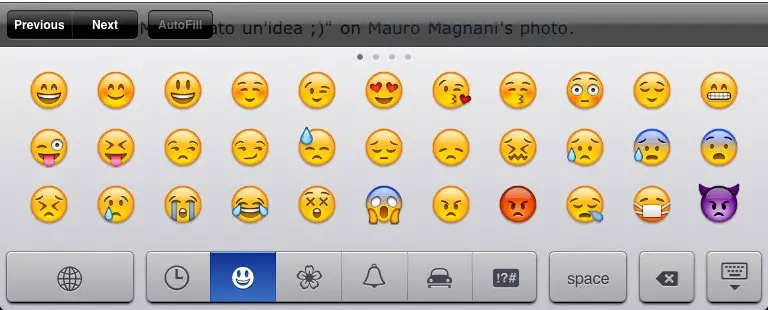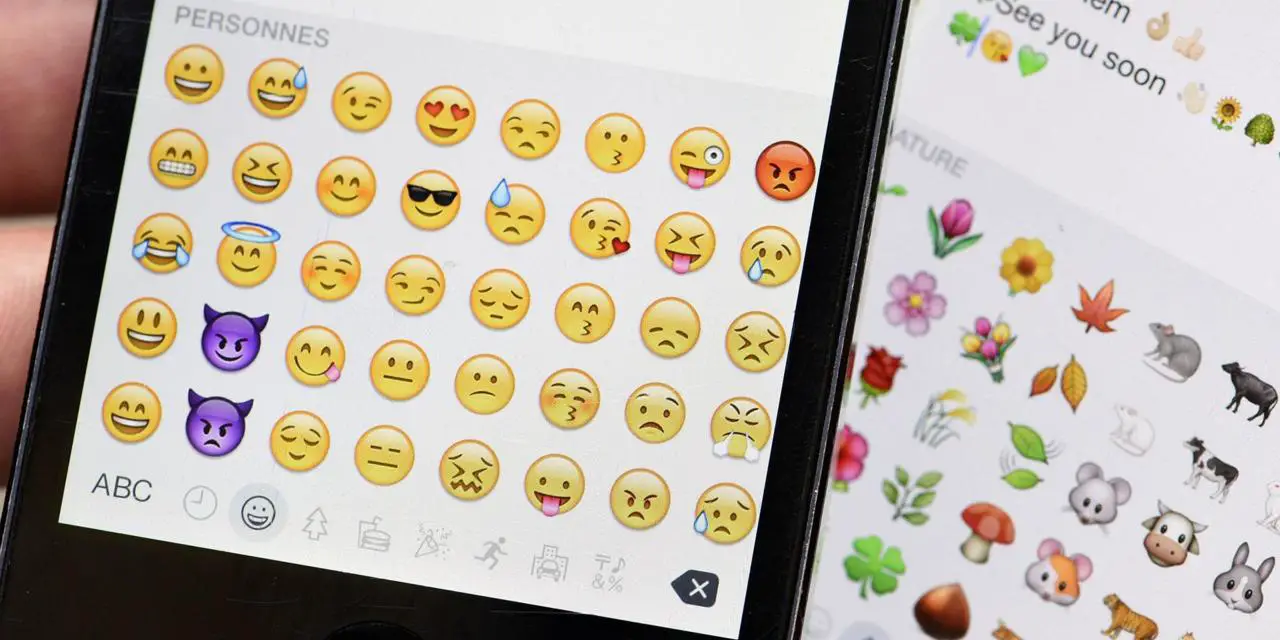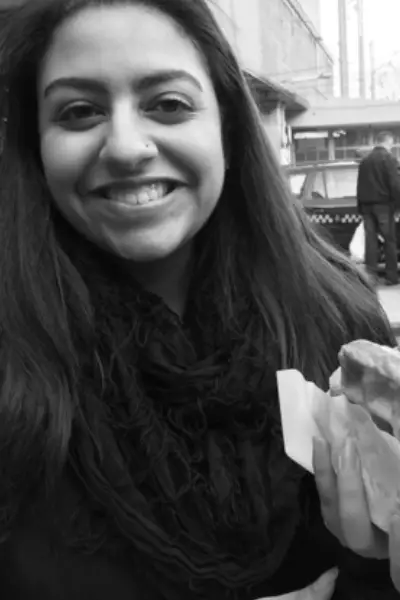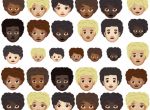The Brave New World of Writing with Faces
Wherever you stand on the issue, I think we can at least agree that they’ve made sexting a lot weirder.
By Sofia Rivera, Simmons College
Forty-two thousand years ago, in Málaga, Spain, cavemen created the first paintings.
Around 3,200 BCE, ancient Egyptians began using hieroglyphs to record a visual history. And in 2015, the Oxford Dictionary Word of the Year was a picture—an emoji.
The particular emoji the word pundits chose, based off of its popularity across several languages, was the “Face with Tears of Joy.” College students know it as the “Token Response to a Funny Meme” or, used ironically, the “My Life is in Shambles” emoji. Somehow admitting that you haven’t started a ten-pager or showered in three days is slightly more acceptable when cushioned with a yellow face streaming with ears.

Two billion smartphone users worldwide (over a quarter of the global population) text more than six billion emojis every day. And no one appreciates them more than college students; an Instagram survey found that 40 percent of messages on the app include an emoji, and according to a Pew Research Center study, 53 percent of adults ages 18-29 use Instagram on the daily. The kissy face does any flirting for you, the thumbs up informally agrees and the smiling poop fills any virtual voids of silence.
The argument that emojis help smartphone communicators relay a more nuanced message is valid. And the Oxford Dictionary was not wrong in saying, “The ‘Face with Tears of Joy’ best reflected the ethos, mood, and preoccupations of 2015.” A picture is worth a thousand words, and this thumbtack-sized image captured the year’s zeitgeist.
But outside of social media, emojis are hurting students’ ability to communicate using only words.
One project, “Emoji Dick,” attempted to merge the worlds of social media and academia by rewriting Herman Melville’s “Moby Dick” in emojis. Hoping to be on the hip side of history, the Library of Congress requested a copy— but the cartoonized translation would hold little meaning without the context of the classic.
Maybe emojis don’t spell out the doom of all 18th century novels, but an unsettling possibility is that they could transcend text messages into a logographic language of their own. The one-tap ease of emojis makes for lazier and less precise communication, which could later leak into essays and articles.
“The other day I was writing a paper and thought, ‘What’s the word for that emoji?’” admitted an MIT friend of mine.
The next generation of college students utilizes emojis profusely during the nine hours a day they spend engaged with media, and 55 percent of those teens communicate predominantly through texting. Teens and college students spend more time interacting with the perfectly spherical faces of the emoji keyboard than they do with the fleshy visages of their friends.
By using emojis so heavily in all their non-academic communication, students’ collegiate writing is sure to fall short when they cannot lean on the crutch of the cutesy characters. While technology is indubitably evolving, is students’ grasp on linguistics devolving? {Insert thinking face emoji here}












